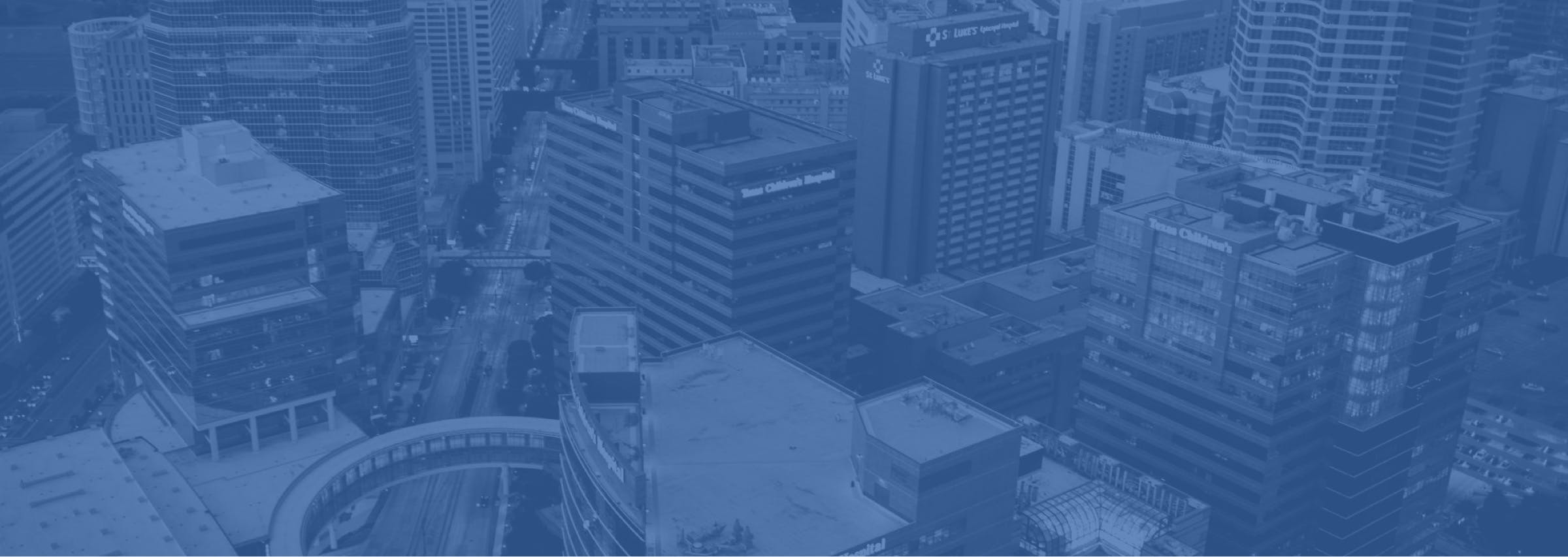Undergoing rhinoplasty is a deeply personal decision, one that combines aesthetic refinement with functional benefits. At Eisemann Plastic Surgery Center in Houston, TX, board-certified plastic surgeons Dr. Michael Eisemann and Dr. Bradley Eisemann bring over 30 years of combined expertise to the table, helping patients achieve natural, elegant, and individualized results. If you're planning a rhinoplasty, understanding the recovery process can help you feel more prepared and confident.
Here’s what you need to know about the week-by-week recovery experience.
Week 1: The Initial Healing Phase
The first few days after surgery are the most intensive. You may experience bruising, swelling, mild headaches, and a feeling of congestion. During this time:
- Pain is typically manageable with prescribed medication
- Ice packs help reduce swelling
- Nasal packing, if used, is usually removed on day one
- Keeping your head elevated and limiting movement is essential
By the end of the first week, external sutures, splints, and bandaging are generally removed. Many patients begin to feel more comfortable and may be cleared to return to work, depending on the nature of their job.
Week 2: Reduction in Swelling and Bruising
Swelling and bruising begin to subside significantly in the second week. You may notice:
- A more refined nasal shape emerging
- Lingering bruising under the eyes
- Less nasal congestion, though some internal swelling remains
Most patients feel socially presentable during this period and often return to light activities or social events.
Weeks 3-4: Improved Breathing and Visible Refinement
At this stage, the majority of external swelling is gone, and your nose will begin to settle into its new shape. You can expect:
- Improved nasal airflow if functional corrections were made
- Gradual definition of the nasal bridge and tip
- Clearance for light exercise (always follow your surgeon’s guidance)
Subtle refinements will continue to emerge, and the results will look increasingly natural.
Weeks 5-6: Resuming Physical Activities
Most patients can return to more vigorous physical activity after six weeks. Your nose will feel sturdier, and the risk of trauma-related complications decreases. Here’s what you can look forward to during this phase:
- You may resume workouts and contactless sports
- Minor internal swelling may persist but is likely unnoticeable to others
- At this stage, your nose will closely resemble the final outcome
Months 2-6: Subtle Evolution
Although the most visible changes have occurred, rhinoplasty results continue to mature over the next several months. This period involves:
- Ongoing reduction of internal swelling
- Enhanced definition in the tip and bridge
- Follow-up appointments to monitor healing and discuss your progress
One Year and Beyond: Final Results
It may take up to a year for all residual swelling to subside, particularly in the nasal tip. Your final rhinoplasty results will be visible and settled, offering a natural, balanced enhancement that complements your facial features.
Trust Eisemann Plastic Surgery Center With Your Rhinoplasty Journey
With Dr. Michael Eisemann’s triple board certification and Dr. Bradley Eisemann’s craniofacial fellowship training, patients receive expert-level care backed by decades of surgical refinement. Their use of advanced Piezo ultrasonic techniques minimizes tissue trauma, speeds healing, and improves comfort throughout recovery. Many procedures can also be performed in-office with local anesthesia and IV sedation, offering added privacy and convenience.
From consultation through full recovery, Eisemann Plastic Surgery Center in Houston is your trusted destination for elegant, customized rhinoplasty. Whether enhancing your appearance or correcting functional issues, our team delivers care in a safe, private, AAAASF-accredited setting where excellence is the standard.

